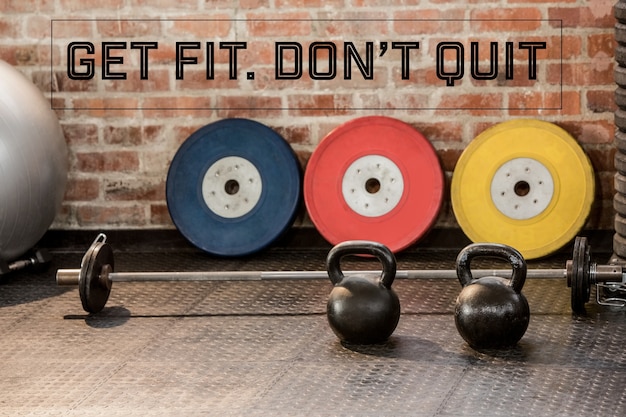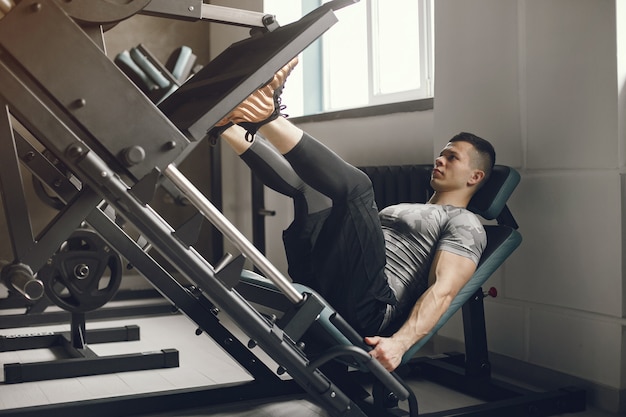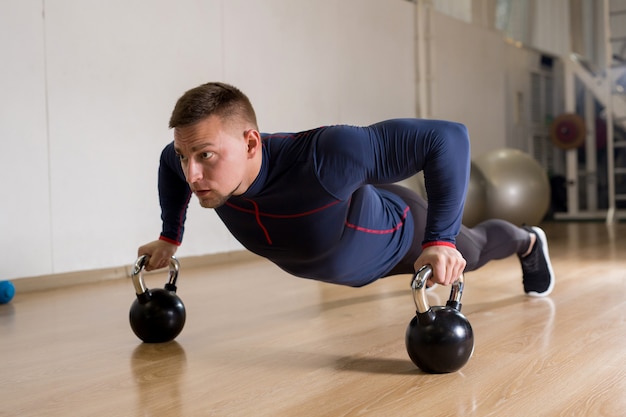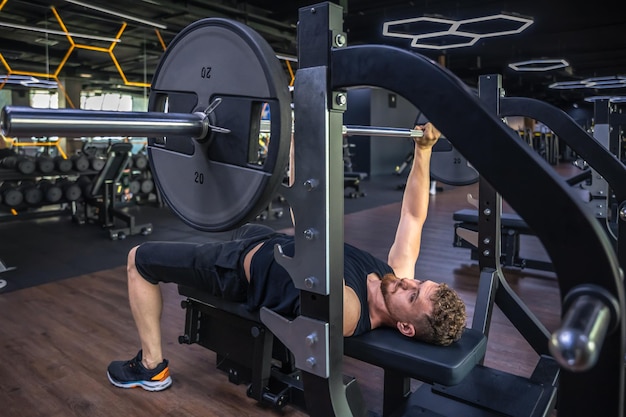When it comes to building strength, one of the most debated topics in fitness is whether free weights or machines are more effective. Both have loyal followings, and both deliver results—but in different ways. The truth? The best choice depends on your goals, experience level, and training preferences. This guide breaks down the science, benefits, and practical applications of each to help you make an informed decision.
Free weights—like dumbbells, barbells, and kettlebells—allow for natural, multi-directional movement. They require your body to stabilize the load, engaging multiple muscle groups simultaneously. Machines, on the other hand, guide your motion along a fixed path, isolating specific muscles with controlled resistance.

Free weights are often praised for promoting functional strength—strength that translates to real-world movements. Because they require balance, coordination, and stabilization, exercises like squats, deadlifts, and bench presses activate not only primary muscles but also stabilizers and core muscles.
Research shows that free weight training leads to greater neuromuscular activation. This means your brain and muscles communicate more efficiently, improving overall strength, power, and athleticism. If your goal is to build strength that enhances performance—whether in sports or daily life—free weights have a clear edge.
Machines offer a controlled environment that’s ideal for beginners or those recovering from injury. The fixed range of motion reduces the risk of improper form and allows you to focus on the target muscle without worrying about balance.
Additionally, machines make it easy to isolate specific muscles—great for bodybuilders aiming to sculpt particular areas. They also allow for quick adjustments in resistance, enabling efficient, high-volume training. For individuals with mobility issues or joint concerns, machines provide a safer, more accessible way to build strength.

Studies comparing free weights and machines reveal something interesting: both are effective for building strength, but the type of strength gained depends on how you test it. One study found that participants who trained with free weights showed greater strength gains when tested using free weights, while machine-trained individuals performed better on machine-based tests.
This suggests that strength is specific to the movement pattern. If you train with free weights, you’ll get stronger in those movements—and the same applies to machines. For well-rounded strength, incorporating both may be the most effective strategy.
The best strength training programs often include both free weights and machines. Start your workout with compound free weight exercises—like squats, presses, and rows—to build overall strength and power. Then, use machines to target specific muscles or add volume safely at the end of your session.
For example, after barbell bench presses, you might finish with a chest press machine to fully fatigue the pectorals. This hybrid approach leverages the functional benefits of free weights and the precision of machines.
If you're new to strength training, begin with machines to learn movement mechanics and build confidence. As your form improves, gradually introduce free weights under controlled conditions. Use mirrors, videos, or certified trainers to ensure proper technique.
Advanced lifters should prioritize free weights for foundational movements but use machines strategically to address weaknesses or prevent overuse injuries. Periodization—rotating focus between strength, hypertrophy, and recovery—can also help optimize long-term progress.
Neither free weights nor machines are inherently superior. Each has unique advantages. Free weights build functional, transferable strength and engage more muscles. Machines offer safety, isolation, and consistency.
The best approach? Use both—strategically. Build your program around free weight compounds, then supplement with machines to refine, target, and protect. This balanced method delivers comprehensive strength gains while minimizing risk and maximizing results.

Fitness

Fitness

Fitness

Fitness

Fitness

Fitness

Fitness

Fitness

Fitness

Fitness

Fitness

Fitness

Health

Fitness

Health

Health